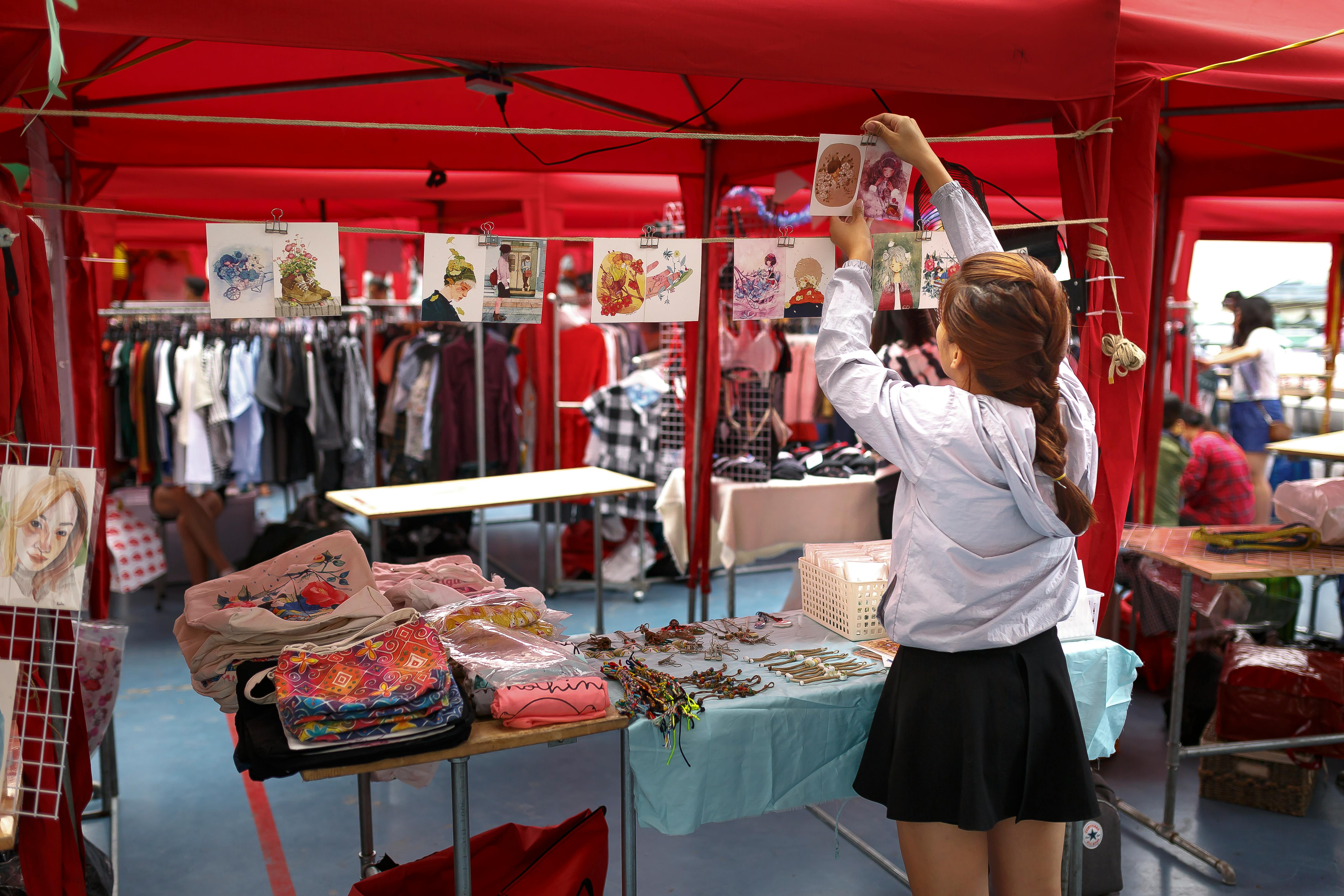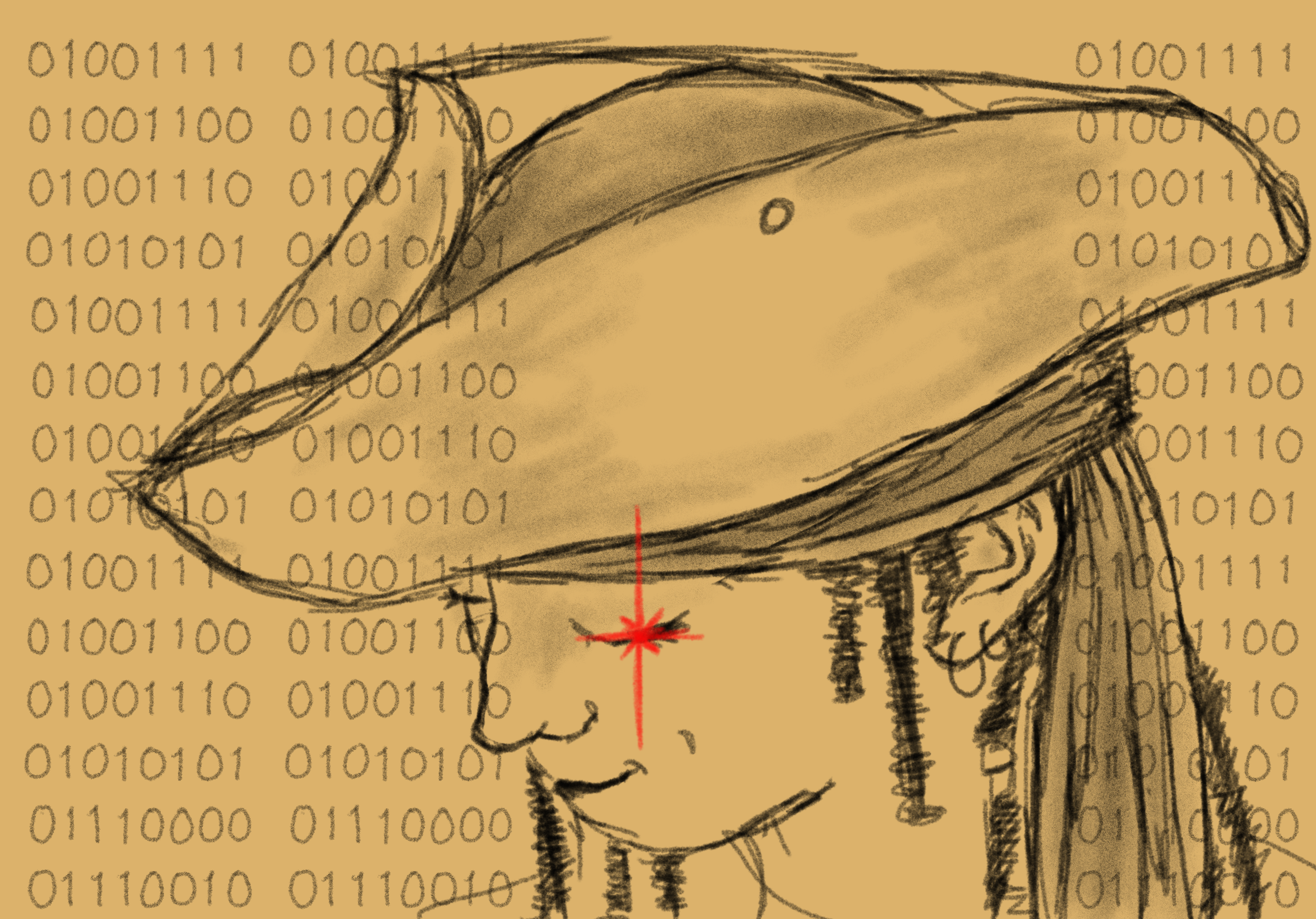
2020 brought many different important issues to light, including but not limited to the Black Lives Matter protests, Stop Asian Hate, Land Back and many other movements that started long before 2020 but seemingly had some of the most traction that year. These movements foreground social justice, police brutality, systemic racism, xenophobia, etc, but those are not the only things these movements have in common. All of them are associated with a hashtag and a plethora of different symbols and activities meant to show solidarity with the groups who are being discriminated against.
You may remember #BlackOutTuesday on Instagram, Twitter think pieces, or perhaps various people rushing to TikTok to give their take on current events. What each of these activities has in common is that most come under the umbrella of performance activism. What did posting black squares on Instagram do to solve police brutality in (North) America? Not only did it not produce any measurable results, but it also did not fully educate people on the effects of white supremacy and police brutality. It did not change minds about their prejudices, confront racist family members, or address workplace discrimination. Actions like these allow people to think that all the work that must be done is make a single post and that will make their inner circle perceive them as a hard-working anti-racist.
But that is not to say that everyone that posted a black square or did these various actions are inherently malicious. I am also not saying that everyone who posted these things are performative in their allyship, because many do additional things to produce change in their communities or have inspired measurable change through social media. I am talking about people who do not do any other action other than baseline symbology. According to the TedTalk, Black lives don’t need performative allies by Déjà Rollins, allyship is “when someone from a non-stigmatised group publicly performs their support and solidarity with a stigmatised group in a way that is only beneficial to themselves. It typically does not produce any tangible or quantifiable results for the stigmatized group.” Rollins split the persons that fall into this group into two categories. The first group is well-meaning and genuinely trying to be supportive, but has an overreliance on the marginalised group to tell them what to do, which results in no work being done on their part. The second type Rollins describes refers to people who simply participate in trends to feign allyship and gain popularity whilst the topic is hot. In order to change the effectiveness of your allyship, it is important to do the hard work to make meaningful changes. This hard work entails uplifting the voices of marginalised communities, dedicating yourself to educating yourself on the issue from reliable sources without continually pressuring the community to retell their trauma, and having hard discussions in personal and private spaces.
Another unfortunate part of social media activism is its tendency to centre the global North--especially America--painting broad strokes over complex issues. Black Lives Matter is a movement that specifically addresses police brutality against Black people in the United States of America. This also sparked various protests across the world especially in the global North because there are similar issues across the globe. It is very important for these Black voices to be given the space to speak out, but there was also a consequence that came from the global influence of the general American media. A lot of the global conversations on Blackness and anti-Blackness have become based on the experience of African Americans in the eyes of many. I’ve scrolled on TikTok many times and have seen Black people from other parts of the world who have different histories, historical backgrounds and societies, being criticized for actions or comments that fit their context, but not that of Americans. Blackness, Indigeneity, sexuality or any other feature of identification is influenced by the history, politics, and society in which those identities exist. Blackness in the Caribbean is different from in North America, and Indigeneity in Africa is different from that of South America, although there may be a lot of overlap globally. Nuance and perspective are necessary to understand global phenomenon so no one group should be held as the standard for everyone else.
Social media has allowed for a lot of good to happen, like spreading awareness of certain issues and increasing the accessibility of educational resources, especially those that have been kept within academic circles. It has also allowed for marginalised groups to have platforms so that they can openly speak and rally support for important causes. However, it has also allowed for people to become lazy in their activism at best and feign allyship at worst. Social media activism also has the potential to paint broad strokes on entire groups and frameworks, causing more harm than good in addressing global issues. Valuable allyship means doing hard and nuanced work to adequately support marginalised groups, not dancing to a trending TikTok sound in “solidarity.”




